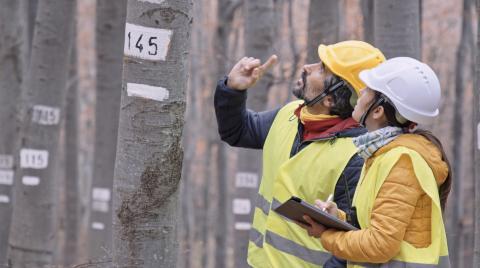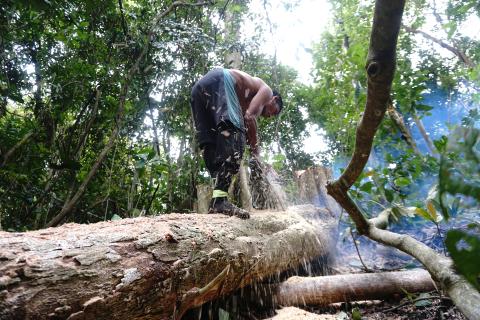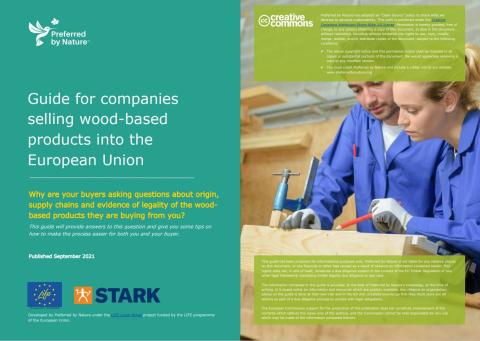Sourcing legal wood? New corruption index released
Transparency International has released the 2014 figures for the perceived corruption level in most of the world's countries. Gain an overview of the changes and their implications for legal and FSC Controlled Wood sourcing.
The Corruption Perception Index (CPI) for 2014 once again maps the perceived level of corruption across most of the world's countries.
Although based on perceptions only, the CPI is widely regarded as a key indicator of the level of corruption in a country. It is an integrated part of the FSC Controlled Wood (CW) system, and is also often used in due diligence systems for legal timber sourcing.
In the FSC CW system, a CPI below 50 places a country in the “unspecified risk” category for legal timber harvesting (indicator 1.4 in the Controlled Wood category 1 – Illegally Harvested Wood). Field verification of legal harvesting is therefore mandatory for companies sourcing CW from such countries.
The Global Forest Registry, an online tool for sourcing CW and legal timber jointly managed by NEPCon and FSC, has been updated with the latest CPI figures.
Key changes
A few countries have crossed the CPI 49/50 threshold since last year. Below is an overview of these changes.
| Moved above a CPI score of 49 | Moved below a CPI score of 50 |
| Georgia (52) | Turkey (45) |
| Czech Republic (51) | Rwanda (49) |
| Slovakia (50) |
The countries of Saint Lucia and Brunei both scored above 50 in 2013 but were not evaluated in 2014. Samoa is a newcomer on the list and has scored above 50.
The five 'best in corruption class' remain the same as in previous years, with Denmark topping the list, followed by New Zealand, Finland, Sweden and Norway.
The CPI cannot stand alone
Despite a CPI above 49, there may be risk of illegal logging in a country.
"The CPI can't be used as the sole indicator for assessing the risk of illegal logging. For one thing, the CPI is an average of perceived corruption levels within an entire country and across multiple sectors, where the forest sector is only one", explains Chain of Custody Programme Manager Roman Polyachenko. "The CPI may therefore conceal important variations e.g. between parts of a country or between sectors".
This is one of the reasons why the CPI is only one out of four indicators of the risk of illegal timber harvesting in the FSC Controlled Wood system. To conclude 'low risk' of illegal harvesting, all four indicators must be evaluated and found to be low risk.
Companies sourcing CW from Slovakia and Georgia are still required to conduct field verification for legal harvesting until they have a) updated their risk assessment; b) found the risk to be low for all four legality indicators; and c) had the updated assessment approved by their certification body. Companies sourcing CW from the Czech Republic shall continue to follow the FSC-approved National Risk Assessment. The assessment is undergoing revision based on the positive development with regard to corruption level.
Mr Polyachenko also stresses that even for low risk products, companies still need to keep records about the products’ origin and must be able to verify the documentation’s authenticity.




